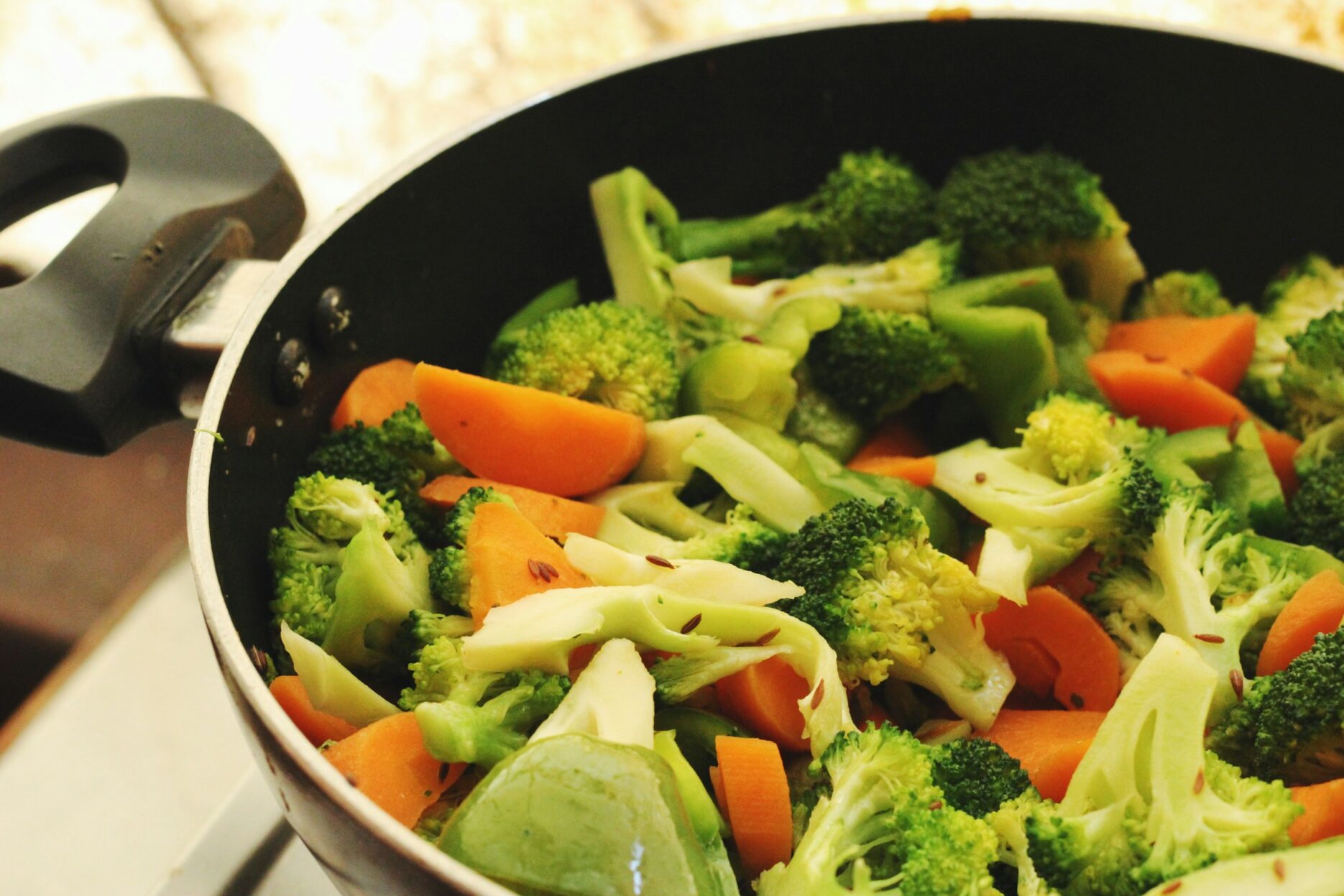Just over 2 years ago, the “lunch of suffering” or “white people food” went viral in China and around the world. It started as a cultural observation (and racial stereotype) made by Chinese students who noticed the lunches typically eaten in the West: plain, simple, and nutritious meals, usually a sandwich or a salad. It went beyond making fun of the cuisine and quickly became a trend of recreating these easy-to-make and healthy (if somewhat bland) dishes. Now, a trend of “Chinese white people food” has taken up the mantle and carries its legacy into 2025.
The term “white people” has lost any racial meaning and now means ‘simple and quick to cook’. The trend started when Houpicheng (厚皮橙, lit. thick-skinned orange) started posting her cooking tutorials. The dishes are mostly made with a rice cooker or simply by boiling on the hob, without the many techniques typical of Chinese cuisine, such as frying, stir-frying or stewing. In typical Cantonese fashion, the philosophy is to preserve the original taste of the ingredients. Less oil, salt, or other seasoning means it is much healthier than your typical stir-fry.
Houpicheng went viral last year with a “dark cuisine” (黑暗料理) dish: microwave-cooked rye in milk with a poached egg. She became a niche influencer, treading the fine line between simple cooking and dark cuisine, until this year, when imitators or “cheng-ists” (橙学家, lit. orange-ists) started creating their own versions of healthy and simple dishes inspired by Chinese cooking. Houpicheng became the symbol of a growing mainstream crowd of “anti-sophistication” culinary influencers.
As young people in China embrace a “lighter” lifestyle, this type of “Chinese-style” white people food is healthier, more nutritious, and easier to cook. Above all, it is much tastier than the original “white people food” from two years ago and seems to perfectly encapsulate that mentality. This is also not the death of “sense of ritual” in the kitchen, but rather a more accessible version of the ritual of cooking your own meal.




